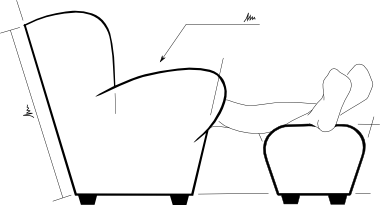Glued Laminate Front Axle Cross-Beam
I’ve written before about how bending aluminium tube is expensive, and alternative manufacturing practices such as glued, laminated wooden beams and using several materials to create a lower mass beam. Well, it hasn’t all been fluff, and here’s the layered replacement for the front axle cross tube.
[gallery link=”file” columns=”2”]
In the original design, the aluminium tubing needed to be both cut and bent to form the part. The mandrel bending was an expensive enough procedure, but the accuracy of cutting the was required after bending meant the production cost was prohibitively high. This revision therefore, does away with the standardised tube, and replaces it with a four part, laminated construction.
As with the original, the parts need to be bent into their final shape, but instead of requiring industrial machinery, each layer is pre-cut to the finished shapes and are individually flexible enough to be bent by hand as they are laid up, but strong when bonded. Laying-up the layers into their final shape does require a jig (former) — something I’ve tried to stay away from generally — but if it’s a lesser cost to cut a former to create one part than it is to have a tube bent then the former is the better option.
Because the middle (core) layers are more lightly loaded than the outer (skin) layers, they don’t need to be made from aluminium like the skins, but they do need to be flexible enough to bend when being laid up. Fewer layers means an easier layup process, so to keep the core layers as thick as possible, they use flexible plywood.
Flexible plywood is a layered sheet material of thin wood veneers, where the grain of each layer is laid in the same direction. The laminations are bonded with a flexible epoxy, so the sheet can bend easily around grain axis. This means that 8mm thick plywood can be bent and laid-up cold, by hand; something that wouldn’t be possible with the same thickness of timber or normal plywood. Because it is a sheet material though, it can still be cut like the rest of the chassis parts, by laser, or by waterjet, CNC or by hand.
